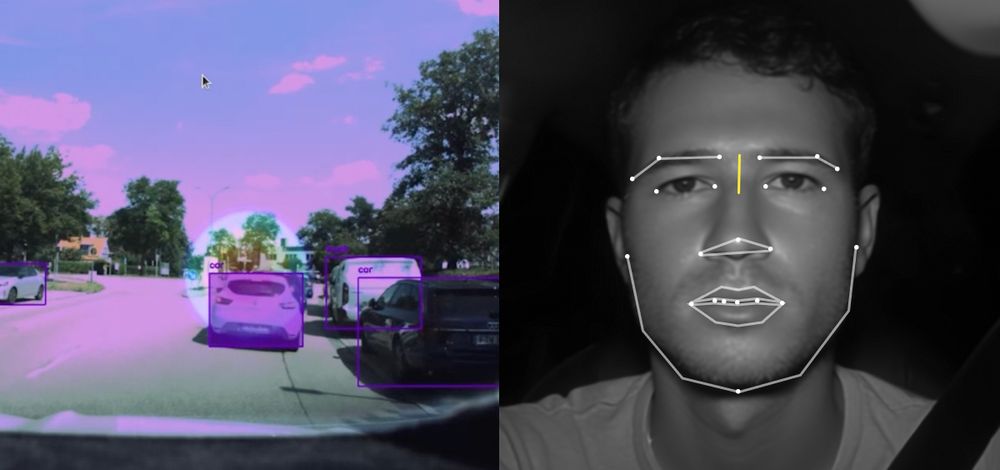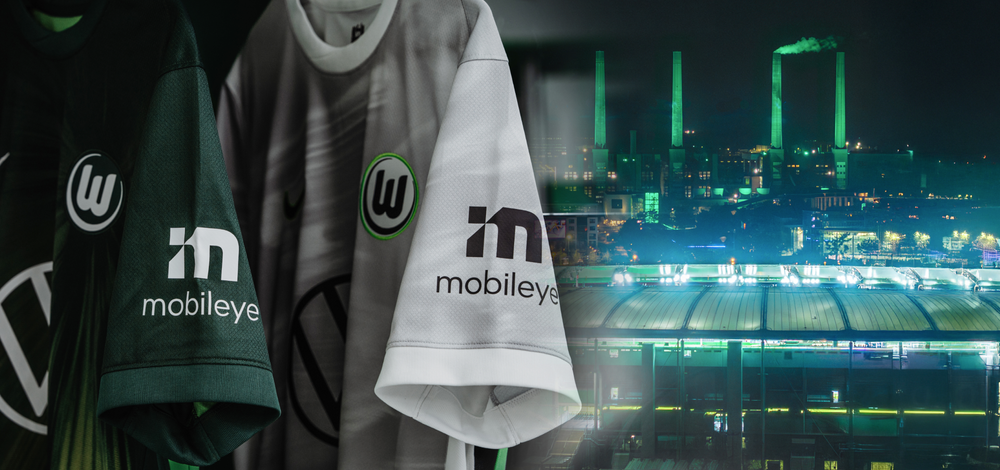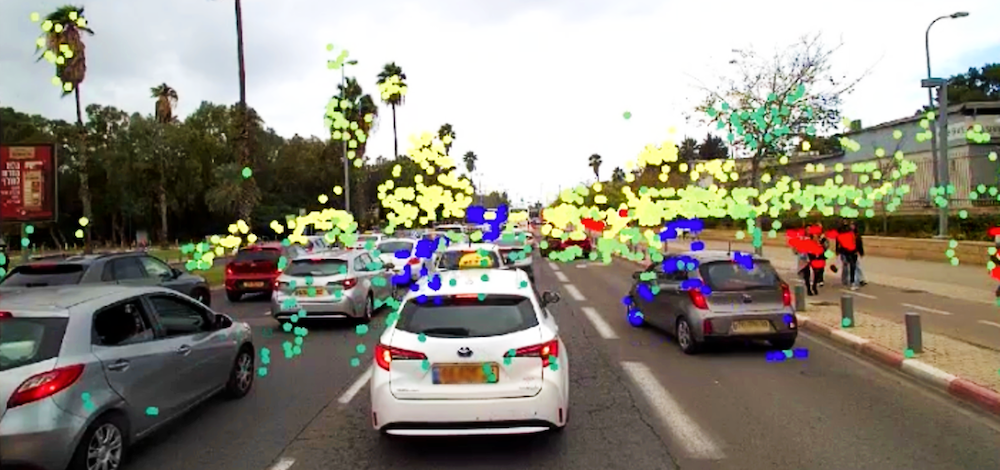blog
|
June 24, 2024
Marking IWIED 2024: A glimpse into how Mobileye is enhancing the future
On International Women in Engineering Day we investigate how solving problems and designing advanced tech drive these Mobileye engineers
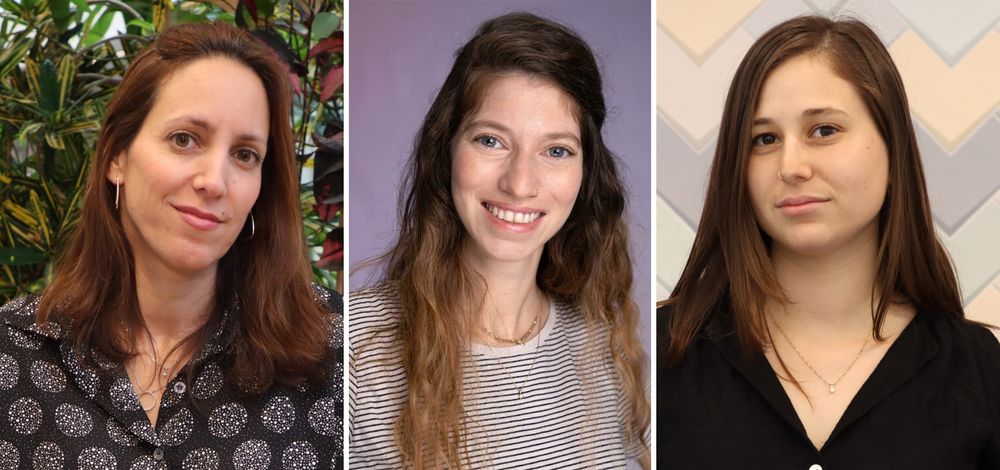
Left: VP of R&D Production Programs Noa Fleishman, Algorithm Engineer Neta Zimerman-Katz, and Algorithm Developer Merav Shechter-Diamant
For 25 years, Mobileye has been enhancing the technology that drives the automated future. Our mobility solutions are making roads safer and are laying the groundwork for consumer Autonomous Vehicles (AVs) and driverless MaaS (Mobility as a Service) projects. However, with the rapid pace of futuristic advances in our lives, it is easy to overlook the fact that inside the labs and behind the keyboards are real people, working day and night to solve problems and develop the precise rules needed to propel our tech forward.
A closer look at these unsung industry heroes of our industry, reveals variations to the common profile we might think of when we say “engineer.” According to the Society of Women Engineers, the percentage of women employed in engineering in the U.S. has increased, although slowly. In the 1990’s, women represented about nine percent of the working force in architecture and engineering. By 2023, that number had grown to 16.7 percent. There has been and increase between 2011 and 2021 in the number of women working in STEM fields from 9.4 million to 12.3 million, however, they represent about a third of the overall American STEM workforce. In the UK, as of 2021, women make only 16.5% of engineers, and less than a third of engineers worldwide.
Leading change is never easy, but like the talented individuals working at Mobileye, defying technological and societal expectations, on this International Women in Engineering Day, we can see more women enhancing our world through technology.
“I want to be an algorithm engineer”
Algorithm developer Merav Shechter-Diamant who has been working at Mobileye since 2022 is an example of a new breed of rising talent among engineers in recent years. “At a young age I told my dad I wanted to be an algorithm engineer, among other dreams of course,” the 25-year-old joked. She started here at Mobileye as a student and transitioned to full-time after graduating from Hebrew University.
Merav comes from a religious household where faith and knowledge are deeply valued, with a father who works as a programmer and a mother who teaches physics. “From an early age, my dad would give me the problems he gave his team,” Merav recalled, “I imagined him going to work and solving riddles.” When asked if that is what she feels she does at Mobileye, Merav had her own way of explaining. “Generally speaking, you could say we solve riddles, but there is much more to it. It is a riddle you work on for weeks – it is much more challenging.”
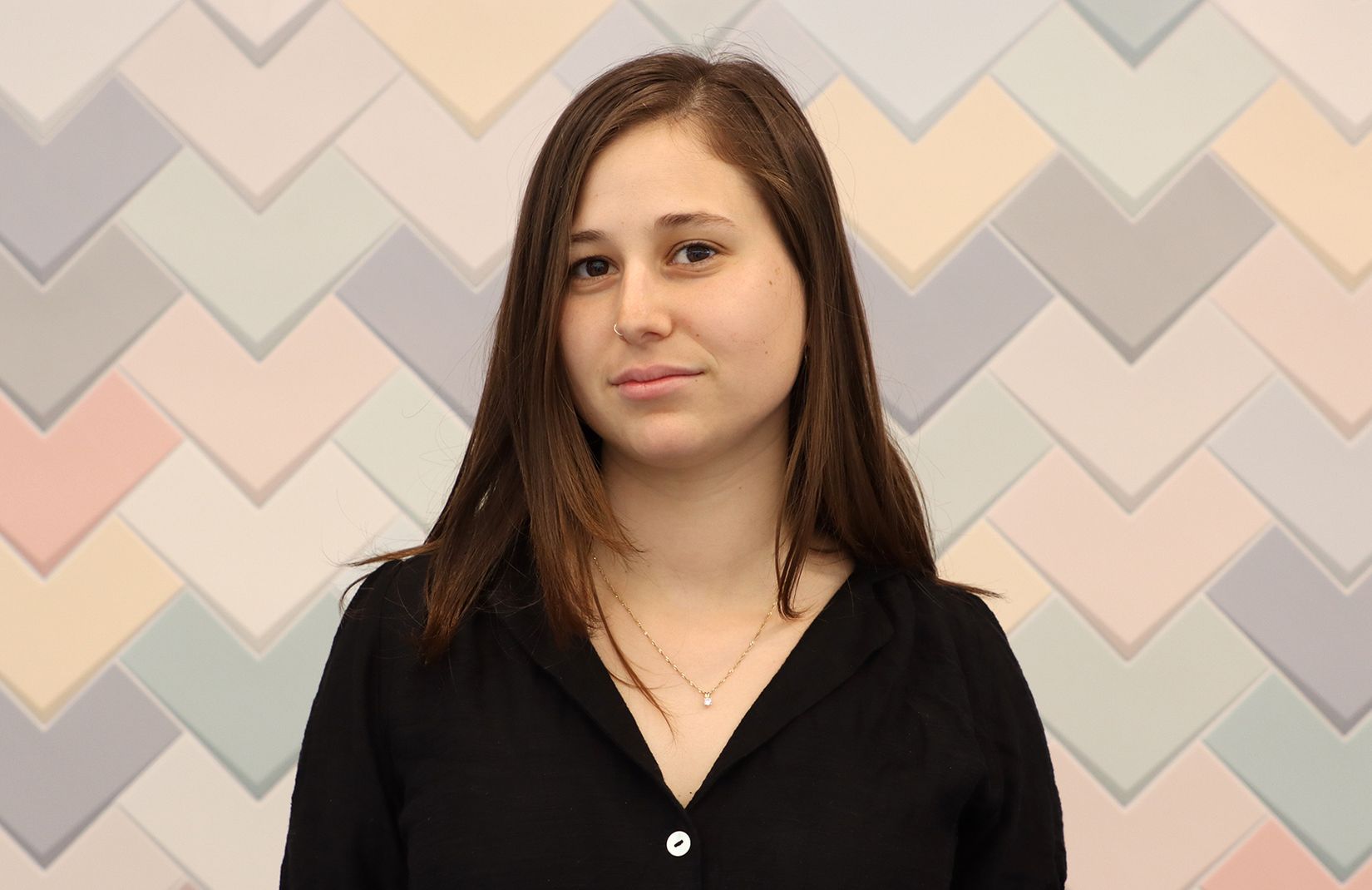
Algorithm Developer Merav Shechter-Diamant
Merav is part of the “Ground Truth Algorithms 3D - Lidar Based” team. The code she writes analyzes real world data and is used for training and validating our platforms. “This code goes through mass amounts of data from the road and generates high quality and accurate information that assists in training the vehicle,” she said. “I work on lidar processing, meaning measuring and modeling the world around you in 3D, with laser.” Her work is crucial in the ability of vehicles equipped with the Mobileye Drive ™ and Mobileye Chauffeur™ platforms to maneuver.
“Working at Mobileye, I was challenged from day one, I was expected to figure things out,” Merav describes her first impressions. “But I was also given the confidence and support to try and that there are people behind me,” she added, stressing her dream to leave a mark on our world through technology.
“I want to be at the forefront of technology”
“I saw engineering as taking a complicated problem, and somehow making it work. And if you can make an impact along the way, even better.” That is how Neta Zimerman-Katz described what attracted her to follow in her father’s footsteps and become an engineer.
Since graduating with a master's in electrical engineering from Ben Gurion University three years ago, Neta has been working at Mobileye as an algorithm engineer. She admitted it took her some time to see results, but now she feels she is making a difference. “At first they give you a small problem, which is part of a bigger one, and you learn from it and from others and what they do,” she explained, “but now, seeing my work included in a future design, is very exciting, and feels like I have arrived.”
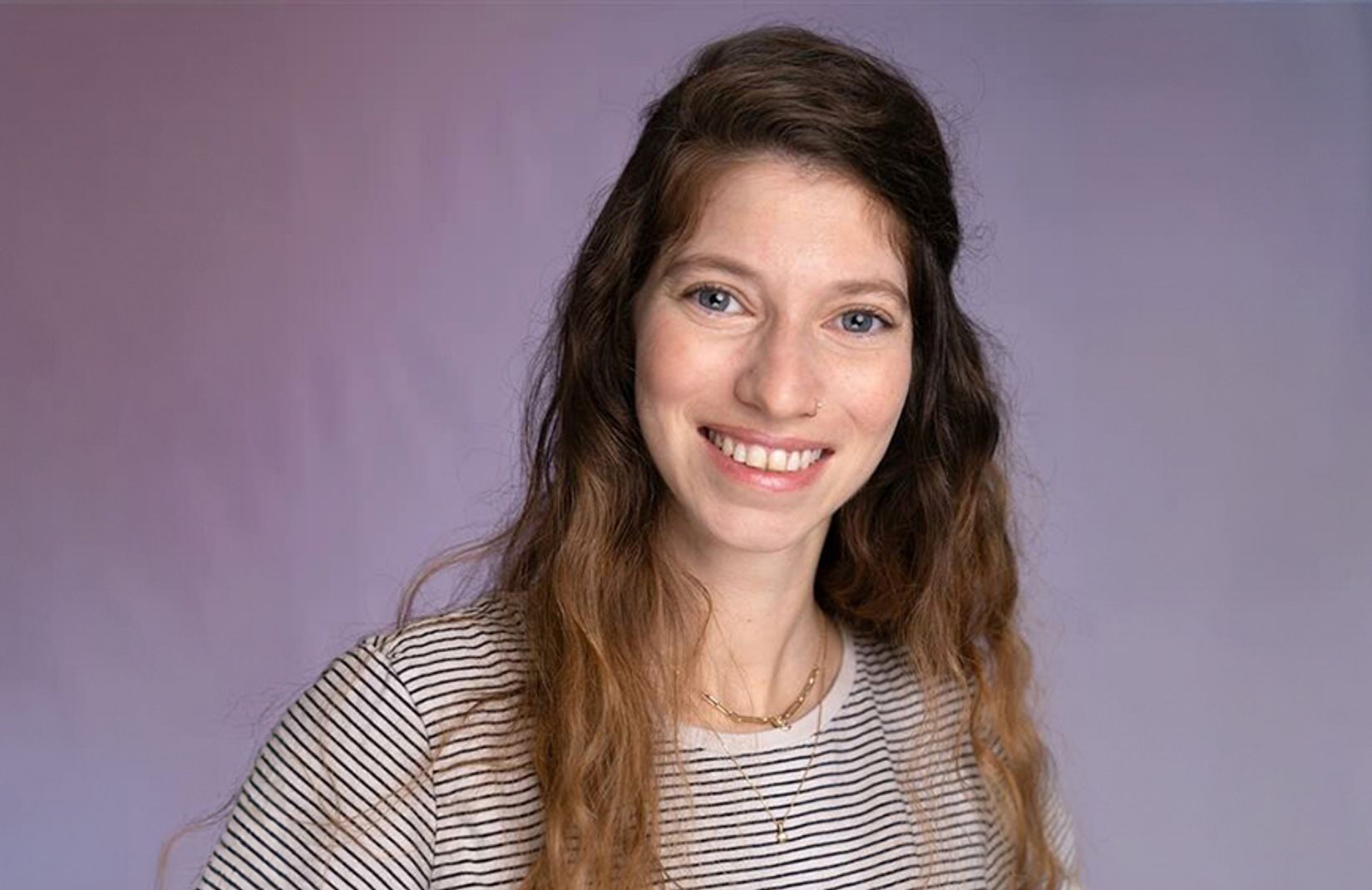
Algorithm Engineer Neta Zimerman-Katz
Like Merav, Neta also works on the Mobileye lidar system, focusing on signal processing. Her role involves developing algorithms embedded in the sensor to transform collected data from around the vehicle into tangible information on speed and distance.
“When I think of what I do and where I work, it is important for me to feel connected to the overall mission. And I see autonomous driving as something that could improve the world, being part of it all provides me with a lot of satisfaction."
On her Mobileye experience, Neta noted she is one of only three women on her team, and while she cannot say she feels marginalized or looked at differently at work, she does recognize the challenges all women face in tech. "Before coming here, I was a little worried about working in a predominantly male environment, and I can say that in my team I don’t feel out of place. However, I would like to see more women in our industry overall.”
When asked about her future goals, the 32-year-old declared she still feels at the initial stages of her journey, “I feel like there is still so much to learn, I want to progress and don’t want to feel bored,” she said. “I want to be at the forefront of technology that has the potential to take us even further.”
“Gender paradigms are meant to be broken”
If Merav and Neta represent engineers at the beginning of their careers, Noa Fleishman, Mobileye’s Vice President of R&D Production Programs, serves as an example of the continued influence these careers could have.
She has been with the company since 2007, starting as an algorithm engineer directly solving issues raised by customers. She quickly moved on to become a technical project manager, combining her technological and client-facing capabilities to push Mobileye’s products forward, before settling in her current role three years ago, leading a department of about 60 people.
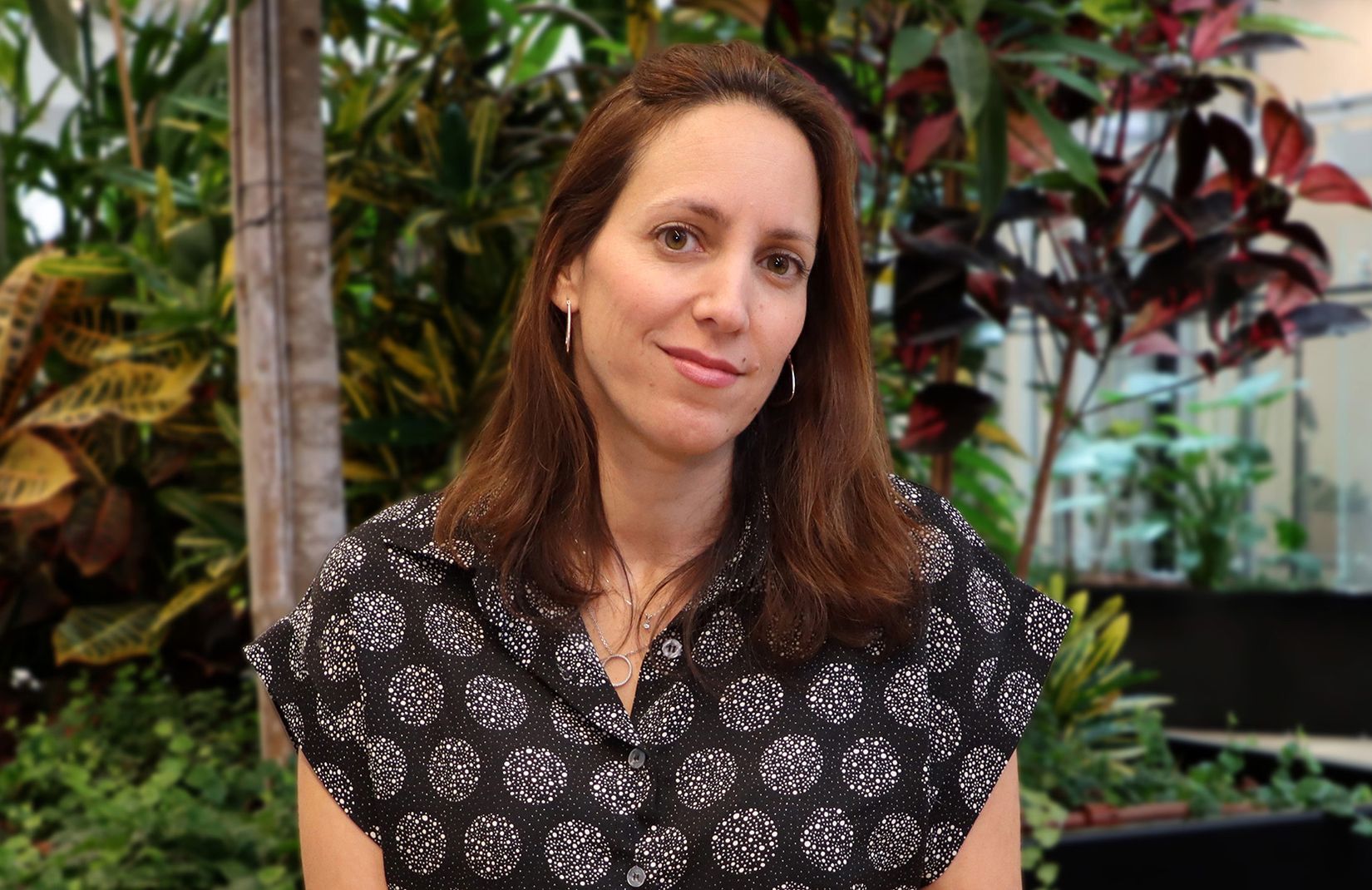
Vice President of R&D Production Programs Noa Fleishman
“Coming up through the company, having the technological background, helped me immensely during my career. I can be a part of the technical discussions on all levels and contribute to reaching the right solution,” she said. “I know I have some influence on things here, but throughout the years I had this conflict about moving to project management because I do miss writing code and solving analytical challenges,” Noa admitted. During her almost 17 years at Mobileye, Noa witnessed the company’s growth and transformation, with more offices around the world and the diverse background of its workforce. “I can say that today Mobileye is less male dominated than it used to be.” However, when speaking to her experiences as one of the few, or even the only woman in the room, Noa admitted she had to learn to trust the skills she already possessed. “Before, when I met with clients and entered a room with 20 men, I thought I needed to act like they do. But in recent years, I finally understood that my feminine attributes - my communication skills, multitasking and patience- serve me much better.”
Between Noa and the directors on her team, 75% of the leadership in her department are women. Noa noted she tries to give more women a chance to interview and would love to see more of them show up. Unfortunately, she sees that very few pursue a career in the field she carved her path in. “I recently gave a lecture to young girls at a ‘Cracking the Glass Ceiling’ event, and I shared a story with the young women about how I was one of only 20 women in my computer science class of over 200 students. I told them about that because I wanted to challenge them to be person number 21 who would take that class, I wanted them to know that gender paradigms are meant to be broken.”
Like their colleagues, Merav, Neta and Noa thrive on solving problems and seeing matters from all angles. Their success drives our ability to make the autonomous future a reality, sooner rather than later, and their ambition and curiosity are the fuel on which this company runs.
Share article
Press Contacts
Contact our PR team

